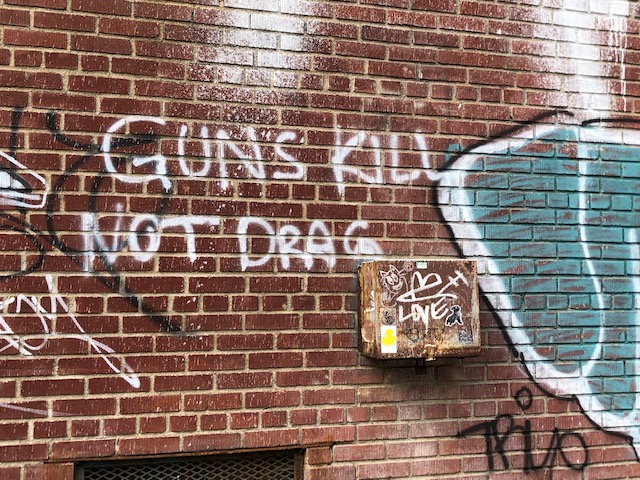Whenever I mounted the bicycle, a journey began.
The previous sentence popped into my head during my second day in Kyoto. I didn’t stop to write it down because my inner editor said, “too precious, too self-consciously Literary (with a capital L).” Perhaps it is, but I have not been able to let go of it.
I had just arrived at Okazaki, the park adjacent to the Heian-jingu Shrine. It wasn’t very far from the Shimogamo Shrine, where I’d spent the morning and early afternoon. In fact, as I would soon learn, nothing in Kyoto is very far from anything else in the city, especially if you’re going by bicycle.
But even though Shimogamo and the Heian Shrine at Okazaki are only a few kilometers apart, and represent early periods of Japanese history, I felt as if I were traveling between worlds as much as I did when I set out from my hotel in a modern section of the city.
Shimogamo is a shrine to Tamayori-hine, “the spirit-inviting maiden” and her father, Kamo Taketsunomi. Experts think it dates to the 6th Century C.E., or more than two centuries before Kyoto began its millennium (794-1868 C.E.) as Japan’s capital. To put that into context, Shimogamo was built a century or so after the Roman Empire fell and Europe was cast into an era of stagnation. In fact, only a few decades before Kyoto became the imperial capital, Europe nearly became a Muslim monolith.
Anyway, as I pedaled from Shimogamo—where I took a ritual bath—I realized that I couldn’t describe the architecture or other aesthetics, history or purpose in the Eurocentric terms through which I’ve learned whatever I know (which, I admit, isn’t much) and I’ve narrated my experience. That, as it turned out, was an important realization when I arrived at Okazaki. The Heian Shrine there is probably just as important to the Japanese and adherents of Shintoism, even if the buildings are replicas of the ones that originally stood there. What matters about the site is that Emperors Kanmu Ana Kōmei, the first and last of the era when Kyoto was capital, are enshrined there.
I cannot pretend that I understand Japanese people’s attitudes toward their emperors or their history, except to say that it’s different from how I, as an American, see our history and leaders. Something Soh, the guide for my Tokyo bike tour, made sense, however. At Akusaka Imperial Gardens, he remarked that while fewer and fewer people adhere to Shintoism, ands Japanese people in general have become less religious, learning about the faith and its relationship to Japanese history and culture is still considered an important part of young people’s education.
Again, I can’t claim to understand how the people see their history. But another clue became clearer to me as I left the Heian Shrine: I hadn’t seen a Japanese flag anywhere in Kyoto since arriving the day before, and I saw a few in Tokyo and maybe a couple in Osaka. In fact, of the other twenty-six countries I’ve visited and the two in which I’ve lived, I can’t think of one in which I saw so few of its national flags. In fact, I have seen more Stars and Stripes fluttering along a single block in New York than I saw Rising Sun flags during my two weeks in Japan.
That, in itself is a kind of journey. While the some of the sites I visited display depictions of battles and descriptions of fights between clans, none of them seemed to portray those events as steps toward Japan fulfilling some sort of Manifest Destiny. Perhaps I missed it because I don’t understand Japanese and know so little about the culture and history, but I didn’t detect the jingoism that affects so much of how Americans are (mis) educated about our history.
Whenever I mount my bicycle, I am on a journey, whether through geography, history, culture. And as long as I am on a journey, I believe that I am in the middle of my life.




.jpg)





.jpg)
.jpg)



















